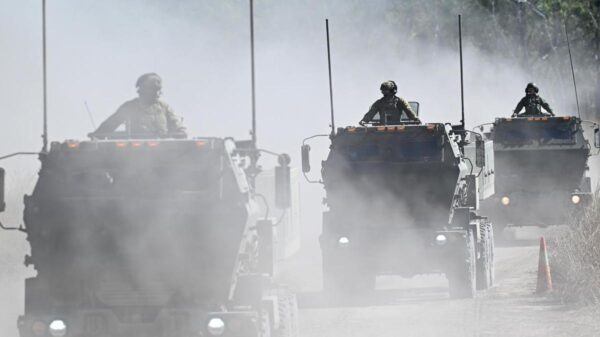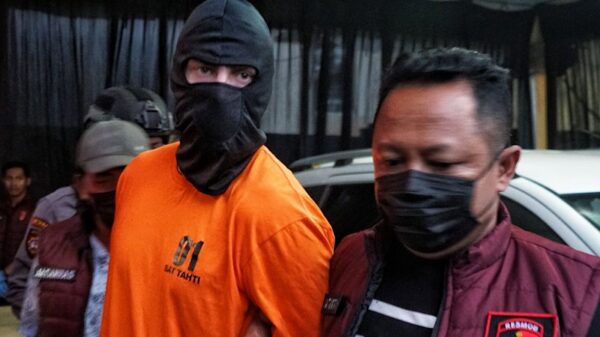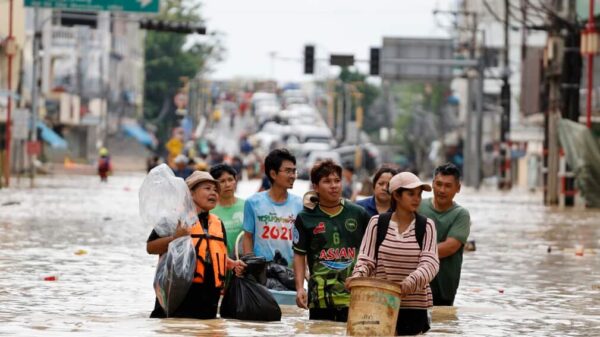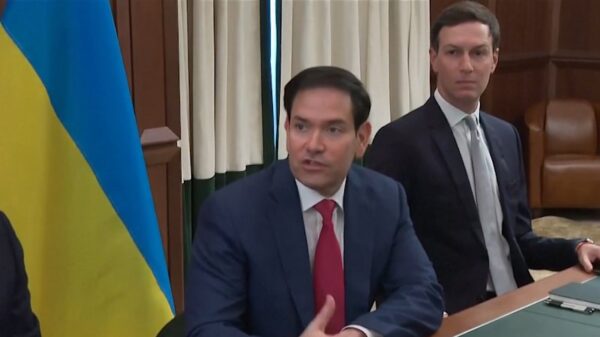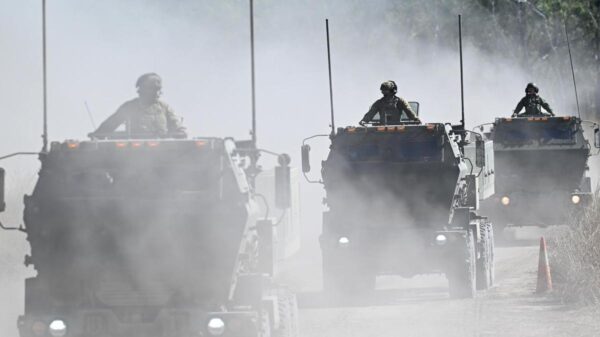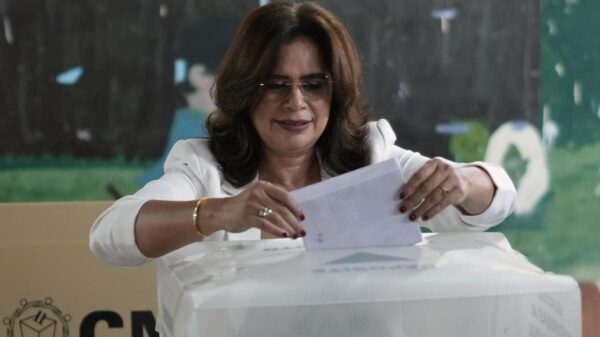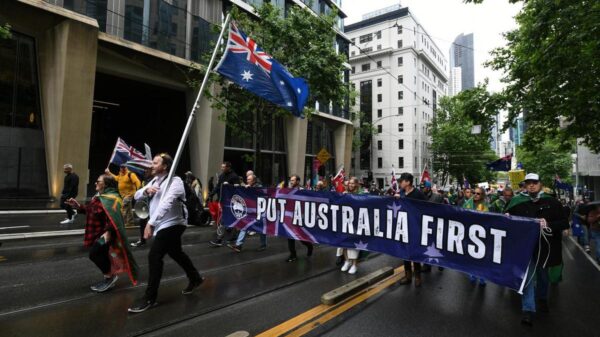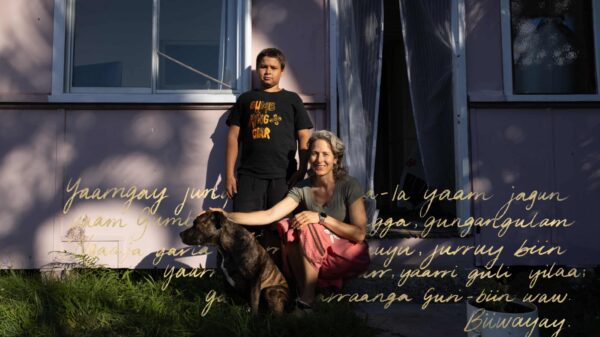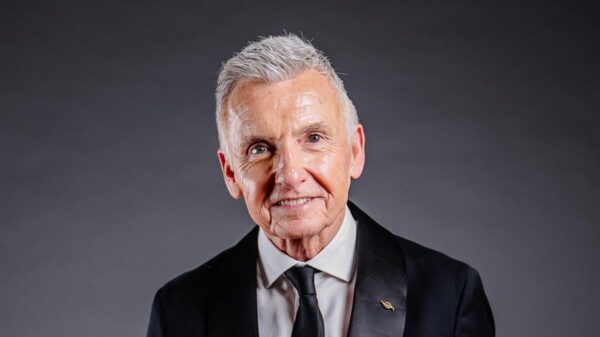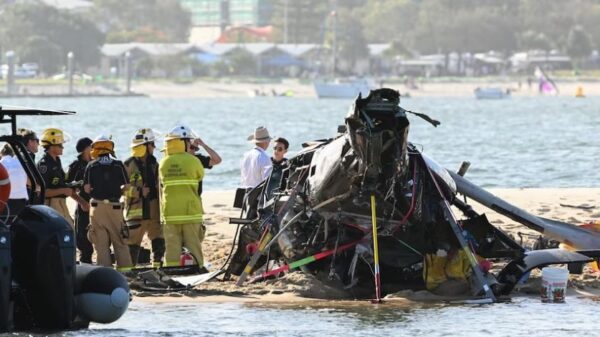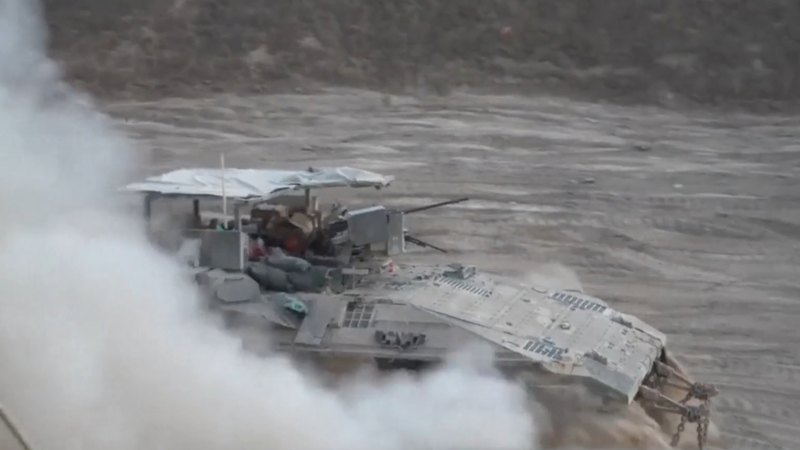Israeli troops have intensified their military operations on the outskirts of Gaza City, focusing on strategic areas as part of a broader plan to secure control over the region. This escalation follows a series of clashes between the Israeli Defense Forces (IDF) and Hamas militants, raising concerns about the humanitarian impact on the population of Gaza.
As the IDF advances, local sources report that heavy artillery and airstrikes have been employed to weaken Hamas’s defensive positions. According to the Israeli military, this operation aims to curb rocket attacks that have targeted southern Israel in recent weeks. The offensive began on March 1, 2024, and has led to significant destruction in various neighborhoods.
Humanitarian organizations have expressed alarm over the rising civilian casualties and the deteriorating living conditions in Gaza. The United Nations has called for an immediate ceasefire to protect the thousands of civilians caught in the crossfire. “The situation is dire, and urgent action is needed to prevent further loss of life,” stated Martin Griffiths, the UN Under-Secretary-General for Humanitarian Affairs.
Military Objectives and Local Impact
The IDF’s military objectives include dismantling the infrastructure that supports Hamas operations. Officials indicated that the operation is expected to last several weeks, with a focus on minimizing civilian casualties. Despite these assurances, reports from local hospitals indicate a surge in injuries and fatalities, underscoring the operation’s heavy toll on non-combatants.
Residents of Gaza City have shared their experiences as the conflict escalates. Many have described living in fear as airstrikes and artillery fire become a daily reality. “We are terrified for our children’s safety,” said a local resident who preferred to remain anonymous. “We hear the explosions and see the smoke rising, and we don’t know when it will end.”
The international community is closely monitoring the situation, with various governments urging both sides to exercise restraint. Diplomatic efforts are underway to facilitate discussions aimed at achieving a ceasefire, but progress remains slow.
Responses from Key Stakeholders
Leaders from different nations have weighed in on the conflict. The European Union issued a statement emphasizing the need for dialogue and a peaceful resolution. “We must prioritize the protection of civilians and work towards a sustainable peace,” the statement read.
In Israel, government officials have defended the military actions, asserting that they are necessary for national security. Prime Minister Benjamin Netanyahu stated, “We will do whatever it takes to ensure the safety of our citizens. Hamas must understand that there are consequences for their attacks.”
As the conflict continues, the humanitarian situation in Gaza remains precarious. With each passing day, the need for a resolution becomes more urgent, not only for the people of Gaza but also for the stability of the region as a whole.
The coming days will be critical as diplomatic efforts intensify and both sides assess their next moves in this ongoing conflict. The international community watches closely, hopeful for a de-escalation of violence and a return to peace.




